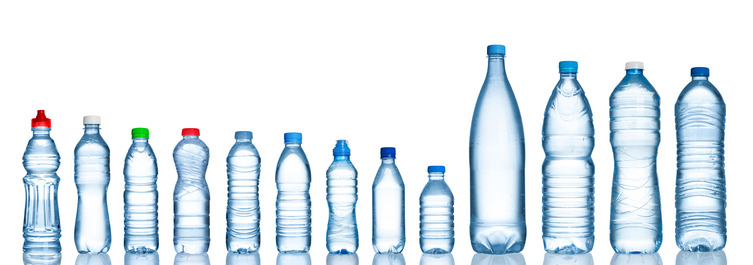
Plastic bottles can be found in almost every place consumers go such as automotive shops, grocery markets, and pharmacies. They hold our food and beverages, medicine, hair products, cleaning products, and much more. Plastic bottles are everywhere. There was a time when these products were contained in bottles made of other materials. Because plastic is easier to work with and cheaper to produce, it has taken the place of other materials as the most common packaging material over the years.
Plastic Bottle Tops
While there are a variety of types of plastic bottles, there are just as many plastic bottle tops. Plastic bottles that contain beverages typically have a screw-on top. These replaced some of the metal bottle caps of the past that required a bottle opener. Some other drinking bottles have a squirt-top cap that gives the drinker a controlled amount. Shampoos and lotions often have a squirt-top cap as well. Cleaners typically come in trigger-spray bottles. Some plastic bottles have tops that are designed to keep children out. In 1970, the United States passed laws that required manufacturers to make child resistant caps to protect them from overdosing.
History of Plastic Bottles
The first time plastic bottles were used in consumer products may have been as early as 1947. However, it wasn’t widely used. The material was certainly available, but it was very expensive to produce. It was typically reserved for military applications. Materials such as glass and metal were used for consumer products instead. Milkman delivered the family’s daily milk in glass bottles. Cleaning supplies came in metal cans. It wasn’t until the 1960’s that plastic spray bottles became widely used for cleaning. It was around this time that plastic began to be used for packaging of everyday products.
Distinguishable Packaging
In the 1600’s, conmen went around selling inauthentic products. In an effort to stop this practice, businesses began making their packaging distinguishable from generic bottles. They put their “brand” on their wooden, glass, and metal packaging. They also used creative shapes and sizes. This is a practice that continues with plastic bottles to this day. Everything from sports drink companies to producers of laundry detergent has patented the shapes, sizes, and colors of their plastic bottles to make their products distinguishable. While this creates a serious inconvenience for those using glass bottles, businesses who package with plastic bottles can more easily shape their bottles to certain specifications.
Collapsible Plastic Water Bottles
Plastic has affected our past and present in significant ways. In the coming years, it will likely play a big role in our future. Plastic is now used to make bottles easier to travel with. While the concept hasn’t taken off just yet, a company has developed a way to produce a plastic water bottle that collapses when it is not in use. It has a lid and can be reused as many times as necessary. Only time will tell if this product will impact the way consumers use plastic bottles. What is certain is that plastic bottles will continually change and develop as new products hit the market.
